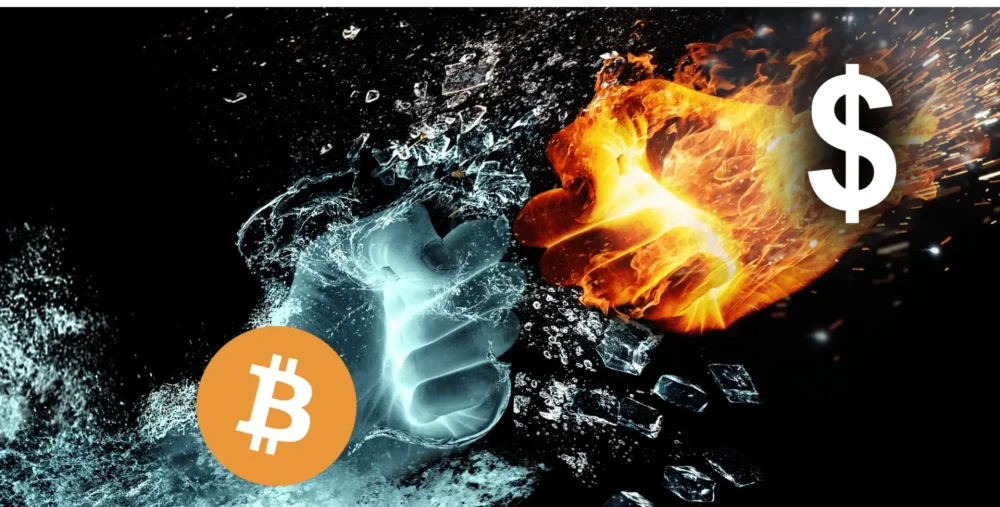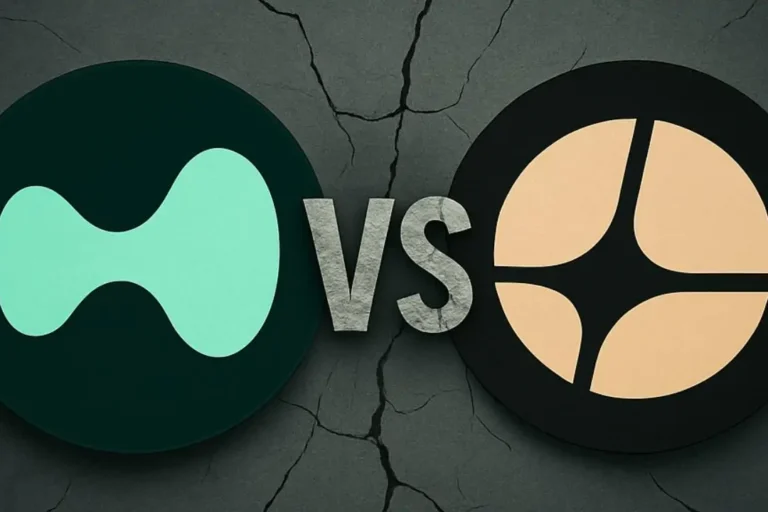Let’s be honest, money runs the world. But have you ever paused to ask, “Where does money even come from?” or “Why does it lose value over time?” If you’ve had these questions and recently stumbled into the world of crypto, you’re in the right place.
In this article, we’re going to dive into why cryptocurrency, especially Bitcoin and its blockchain-based siblings, is often considered superior to fiat money. We’ll explore the origins of fiat currency, its evolution, and how crypto emerged as a bold, revolutionary alternative.
A Quick Look at How Fiat Money Started

Back in the day, money wasn’t just paper or digital numbers on a screen. It had value because it was backed by something real: gold. This system was known as the gold standard. Under this arrangement, governments printed currency only if they had enough gold reserves to match it. This made people trust their money, knowing it represented something tangible stored in a vault.
But as economies grew and wars drained national treasuries, many countries found the gold standard too limiting. The turning point came in 1971, when the United States officially ended the gold standard under President Nixon. Since then, most global currencies, including the US dollar, have become fiat money.
So what is fiat money? It’s currency that holds value not because it’s backed by a physical asset, but because the government says it does. Its worth comes from trust, trust that the central bank will manage it responsibly, and that people will continue to accept it as a means of payment.
The Problem With Modern Fiat Currency
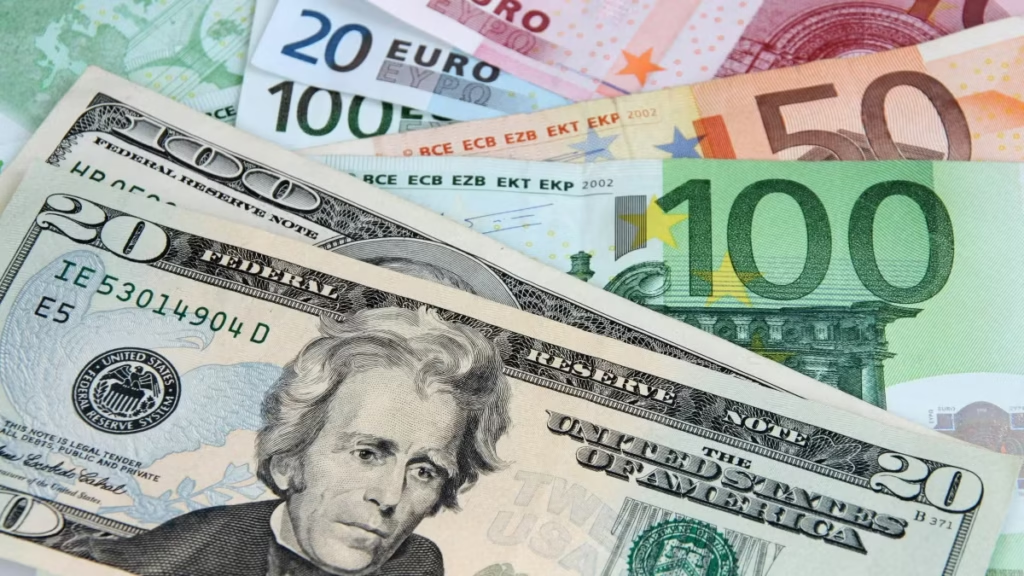
While fiat money is convenient and widely accepted, it comes with several problems:
- Inflation: Governments can print more money whenever they need it. While this might sound like an easy solution, it often leads to inflation. Your money buys less, prices go up, and savings lose their power over time.
- Centralization: Central banks and governments have full control over the supply of fiat currency. If a few people can decide how much money to print or where to distribute it, that opens the door for mismanagement and manipulation.
- Lack of transparency: Most people have no insight into how money is created, how much is printed, or who benefits the most. This opacity creates inequality and mistrust.
- Global debt spiral: With money creation decoupled from real assets, countries often fall into never-ending cycles of debt. It’s like putting a bandage on a leaking pipe, it works for a while, but the long-term damage piles up.
Now that we’ve outlined the shortcomings of fiat, let’s talk about the digital revolution that set out to fix these flaws: cryptocurrency.
Enter Cryptocurrency and Bitcoin: A New Kind of Money
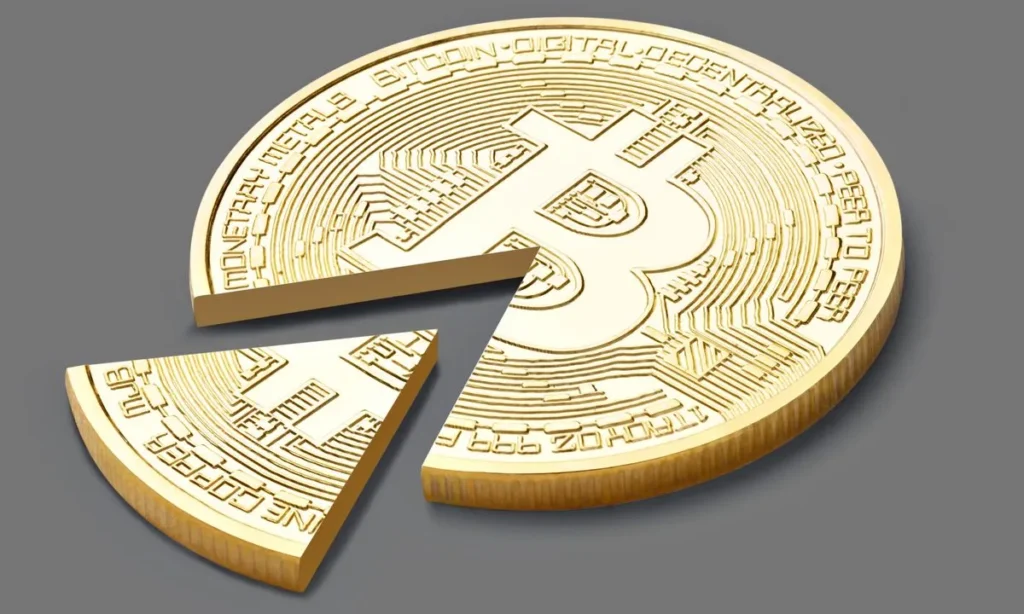
In 2009, an anonymous developer (or group) under the name Satoshi Nakamoto introduced Bitcoin to the world. It wasn’t just another form of money, it was a direct response to the financial crisis of 2008, where banks collapsed, governments bailed them out, and regular people paid the price.
Bitcoin was built on a new, trustless system: the blockchain. Rather than relying on a central authority, blockchain allows users to transact directly with one another through a decentralized network. Every transaction is recorded publicly and can’t be changed, ever. No backdoors, no secret printing presses, no bailouts.
Key Advantages of Cryptocurrency Over Fiat
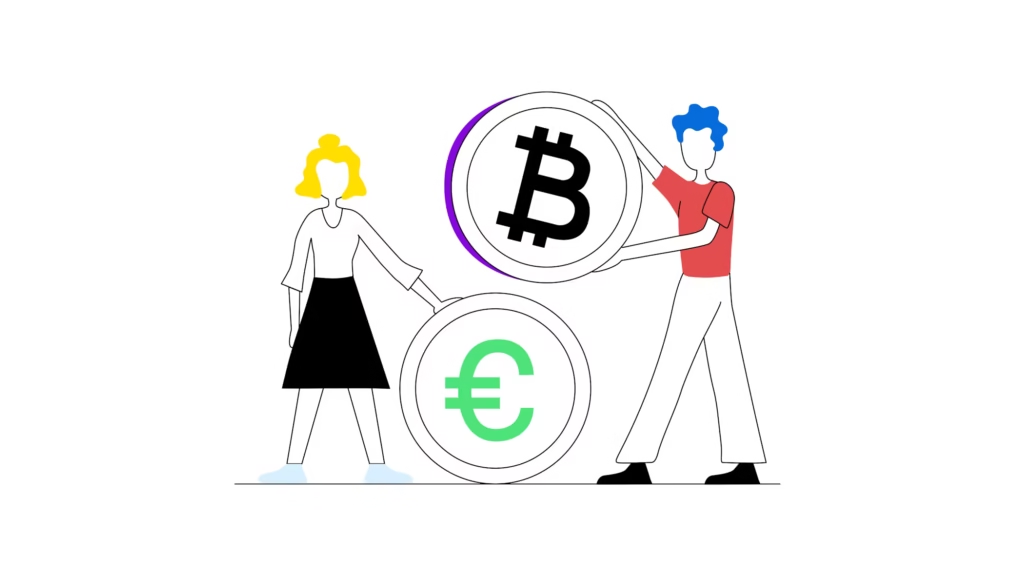
Here’s why cryptocurrency, especially Bitcoin and similar blockchain-based assets, offers a better alternative to fiat money:
1. Limited Supply = Hedge Against Inflation
Most fiat currencies have no supply cap. Bitcoin, on the other hand, has a hard cap of 21 million coins. This scarcity makes it a great hedge against inflation, like digital gold.
2. Decentralization
Instead of being controlled by a central bank or government, cryptocurrencies are maintained by a network of users (called nodes and miners). This decentralization means no single entity can manipulate the currency for its own benefit.
3. Transparency and Security
All transactions are stored on a public ledger. Anyone can view the full history of transactions, which creates a level of accountability unheard of in traditional finance.
4. Borderless and Fast
Cryptocurrencies can be sent across the world in minutes, 24/7. There are no bank holidays, no waiting for wire transfers, and no middlemen taking a cut.
5. True Ownership
When you hold cryptocurrency in your own wallet, you truly own your money. No one can freeze your account or limit your spending. Compare that to a fiat bank account, where funds can be blocked or seized under certain conditions.
Was Bitcoin Designed to Counter Fiat?
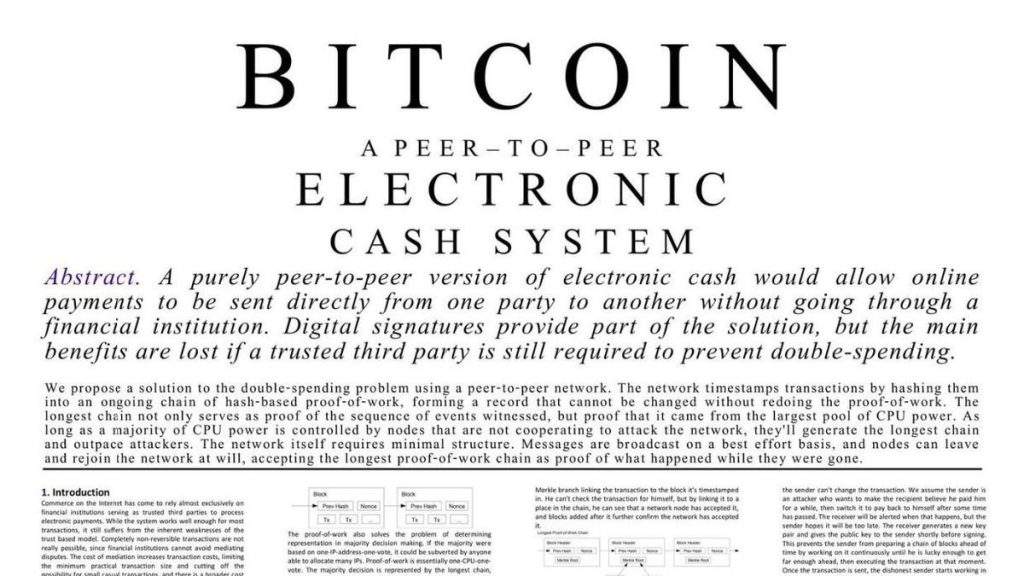
Absolutely, yes.
Bitcoin’s whitepaper, titled “Bitcoin: A Peer-to-Peer Electronic Cash System”, outlines a vision of money that is resistant to censorship, inflation, and centralized control. Its creation was timed perfectly after the 2008 financial meltdown, a clear message that the old system was broken.
Many early Bitcoin supporters were cypherpunks, people who believed in privacy, individual freedom, and decentralization. To them, fiat money symbolized control and corruption. Bitcoin was the solution: a digital currency that couldn’t be manipulated by governments or exploited by the elite.
Real-World Examples of Why Crypto Matters
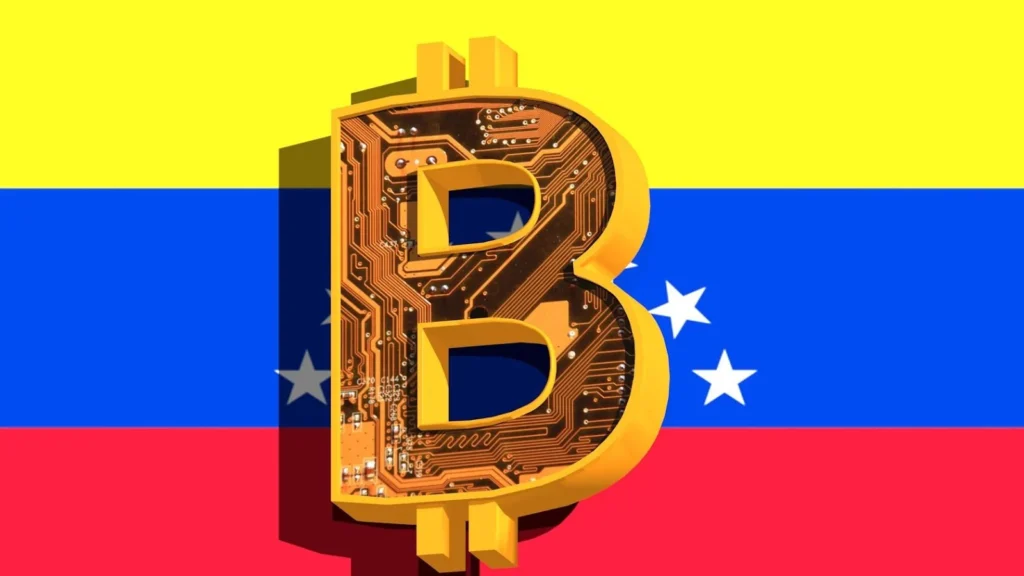
Let’s bring it down to earth. Why does all this matter?
- Venezuela and Zimbabwe: These countries suffered hyperinflation, wiping out the value of their local currencies. Many people turned to Bitcoin and stablecoins to preserve their wealth.
- Ukraine and Conflict Zones: During times of war, when banks are inaccessible or under threat, crypto has allowed citizens to send and receive money securely.
- Remittances: Workers sending money home from abroad often lose 10–15% in fees. With crypto, they can send funds instantly and with minimal costs.
These are not just use cases, they’re lifelines for millions of people around the world.
Crypto Isn’t Perfect—But It’s Progress

Now, let’s be real. Cryptocurrency still faces challenges: high volatility, regulatory uncertainty, and scalability issues. But compared to a fiat system that has shown cracks for decades, crypto offers a refreshing alternative. Developers are constantly improving the tech, with newer blockchains like Ethereum, Solana, and Layer-2 solutions bringing even more usability.
And let’s not forget the rise of stablecoins like USDT or USDC, tokens backed by fiat but running on the blockchain, giving us the best of both worlds: stability plus decentralization.
The Future of Money Is Evolving
The financial system is changing and fast. While fiat currency remains dominant, more people are beginning to see the cracks. They’re exploring crypto not just as an investment, but as a tool for freedom, transparency, and innovation.
Cryptocurrency on blockchain isn’t just better because it’s digital. It’s better because it puts power back in the hands of the people. Whether you’re trying to save your wealth, send money globally, or protect yourself from inflation, crypto offers an alternative that fiat can’t match.
And that, my friend, is why this digital revolution is only just getting started.
If there’s something you want me to cover next, just let me know. You can follow me here on my website and my Medium to get my latest updates as soon as they drop! You can also contact me through X @AskaraJr and Linkedin
